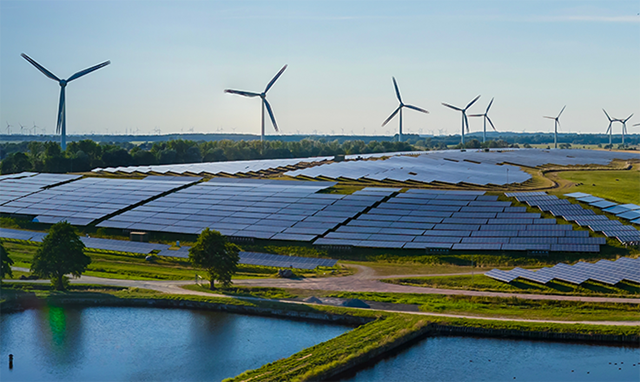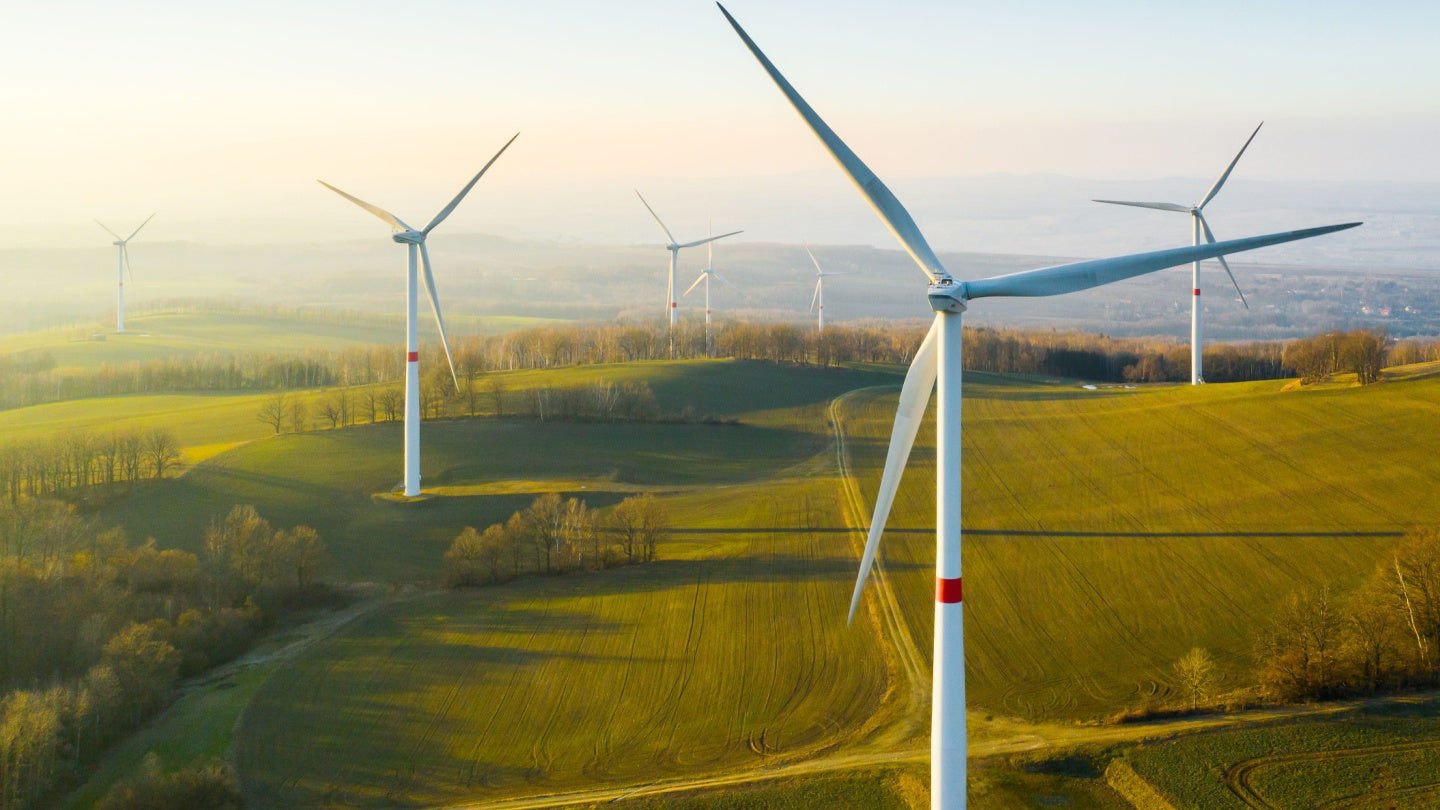The year 2024 marked a pivotal moment for public safety infrastructure, exposing critical vulnerabilities through a series of disasters. From devastating wildfires in California to a $5.4 billion IT outage caused by a software flaw, these events highlighted the fragility of existing systems. As 2025 progresses, the aftermath has sparked a global initiative to prioritize investments in technologies designed to mitigate these risks and capitalize on favorable policy shifts.
Recent incidents have underscored the urgency for better infrastructure. In March 2024, the collision of a container ship with the Francis Scott Key Bridge in Baltimore resulted in over $1.7 billion in repair costs, emphasizing the economic consequences of infrastructure failures. Additionally, ransomware attacks targeting healthcare systems have revealed the critical need for cybersecurity, resulting in billions of records being compromised and disrupting patient care. These challenges have prompted governments and corporations to enhance resilience, thereby driving demand for smart city technologies and advanced emergency response systems.
Cybersecurity has emerged as a top priority. A ransomware attack in February 2024 on a healthcare payment processor incurred costs around $2.9 billion, significantly affecting patient services. This incident has compelled hospitals, utilities, and transportation networks to implement robust cybersecurity measures, including AI-driven threat detection and redundant systems. Companies like IBM and Palo Alto Networks are positioned to benefit from this trend, as their cybersecurity divisions expand to cater to critical infrastructure protection.
In parallel, energy resilience is becoming increasingly important. European utilities are leading efforts in grid modernization. The UK’s National Grid has proposed £67 billion in investments over the next six years to improve renewable energy integration and grid reliability. This growth aligns with the increasing demand for resilient energy systems due to climate-driven disasters, such as the record heatwaves of 2024. Investors can focus on firms like National Grid, which has a dominant position in the UK, and NextEra Energy, a U.S. utility committed to renewable generation.
The rise of smart city technologies is also crucial for urban resilience. Solutions such as IoT sensors for traffic management and AI-driven disaster response systems have become integral. In the U.S., the government has prioritized infrastructure spending, particularly around data centers and edge computing hubs necessary for AI-driven applications. However, labor shortages in data center construction may hinder progress, creating opportunities for companies with skilled workforces. Equinix, a prominent data center REIT, exemplifies this trend, with its edge computing platforms and collaborations with major tech firms like Microsoft enhancing its position in the market.
The landscape differs between the U.S. and Europe. The U.S. benefits from a robust tech ecosystem and energy surplus, making it a focal point for AI-driven infrastructure growth. Conversely, Europe’s regulatory framework and commitment to renewable energy create unique investment opportunities in grid resilience and clean energy. Investors should remain cautious about regions facing policy challenges, such as U.S. states that are rolling back environmental, social, and governance (ESG) mandates. Companies like BlackRock, which are scaling back ESG initiatives, illustrate the risks associated with political shifts in investment priorities.
However, challenges remain, including labor shortages in data centers that could delay project timelines and the ever-present threat of ransomware-as-a-service (RaaS) impacting even well-defended systems. Investors should prioritize companies with contingency plans, such as distributed infrastructure solutions and cyber insurance, to mitigate these risks.
The demand for robust public safety infrastructure is not a fleeting trend but rather a significant shift driven by climate change, cyber threats, and geopolitical uncertainties. The most successful investors will be those who strategically blend advanced technology with a keen understanding of geographic market dynamics.
Investment Focus Areas: 1. Cybersecurity: Companies like IBM and Palo Alto Networks offer critical solutions. 2. Grid Modernization: National Grid and NextEra Energy are key players in this sector. 3. Smart Infrastructure: Equinix leads in data center investments. 4. AI-Driven Systems: Microsoft’s partnerships enhance edge computing capabilities.
For investors willing to adapt to these emerging trends, the potential returns are substantial, underscoring the urgency for resilient infrastructure solutions.




